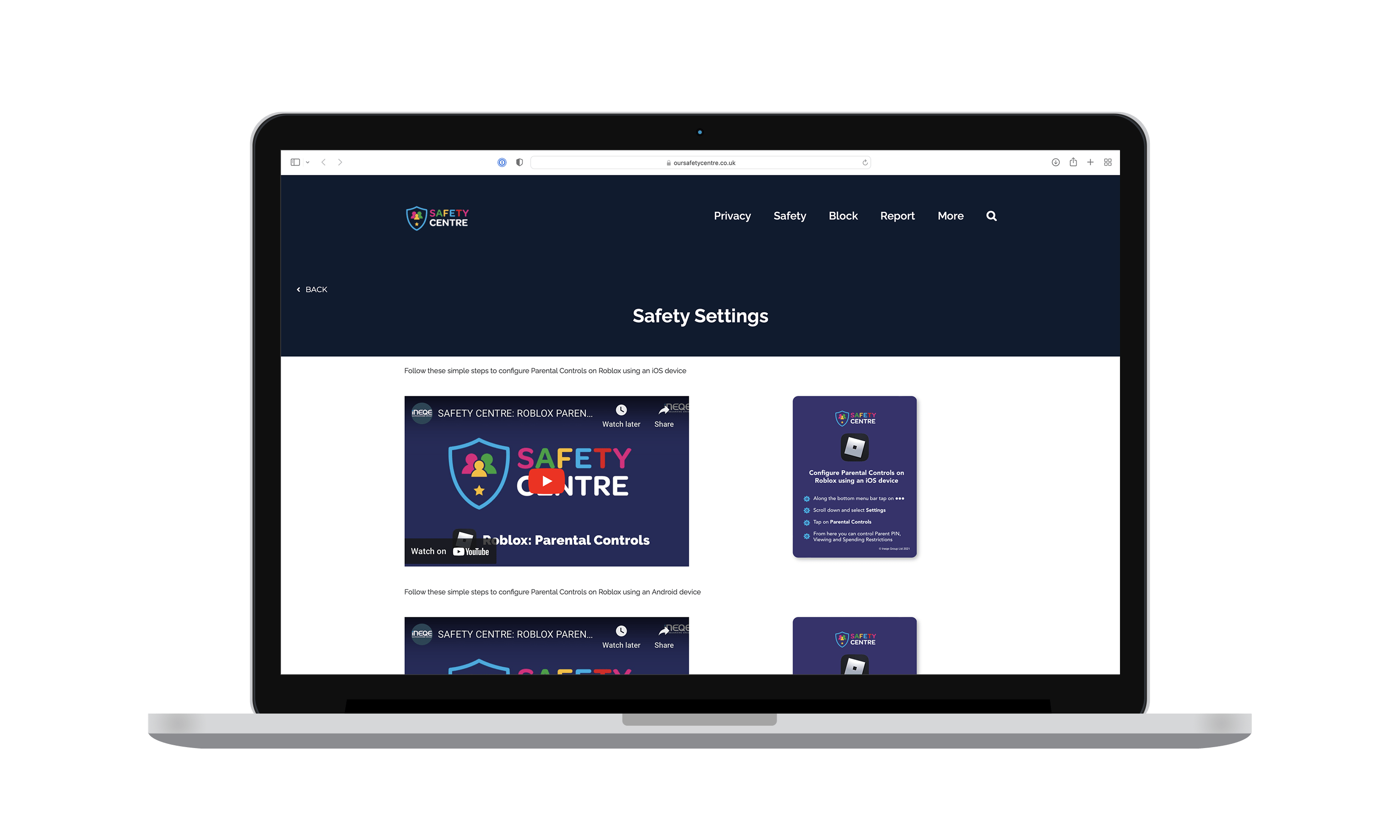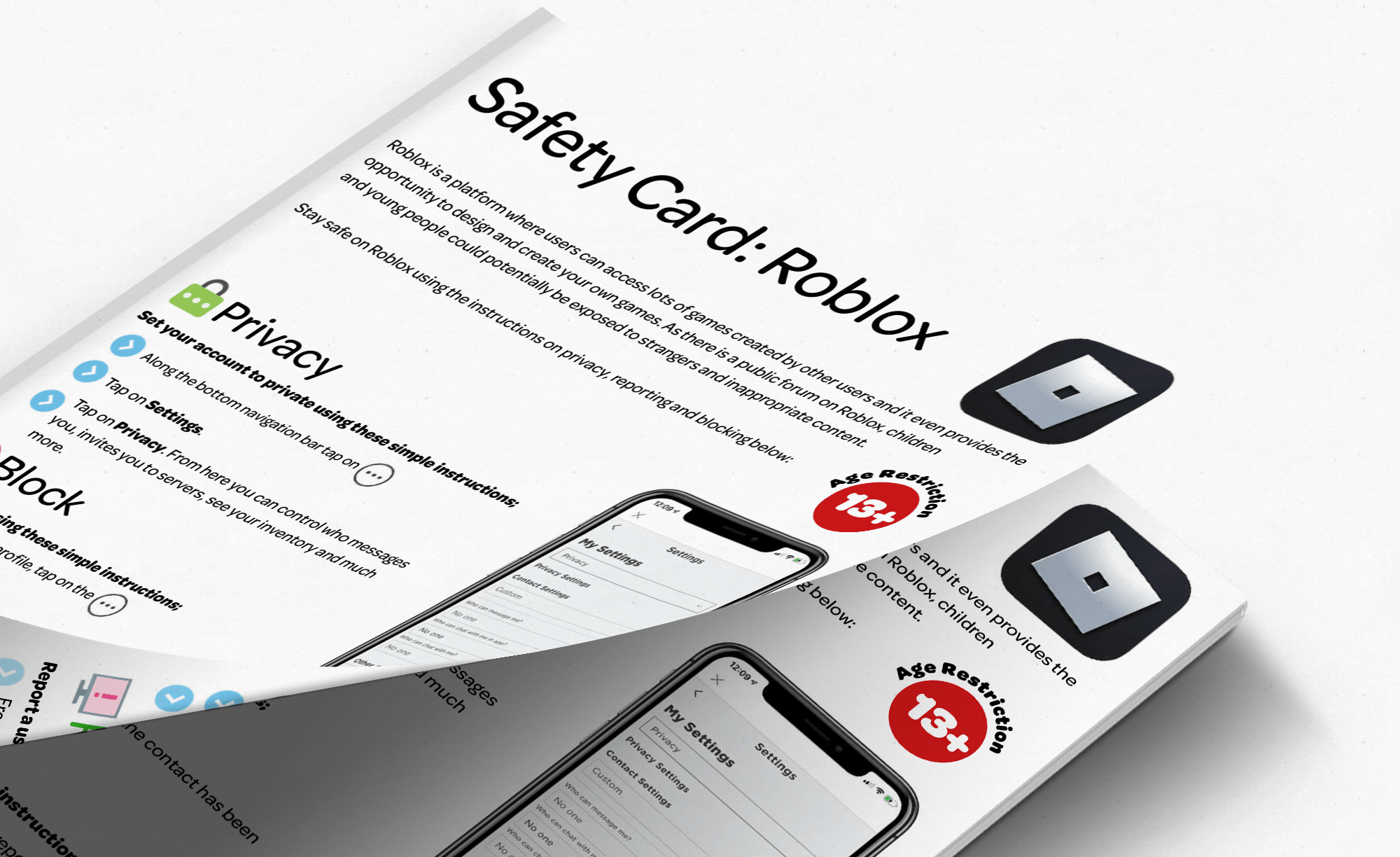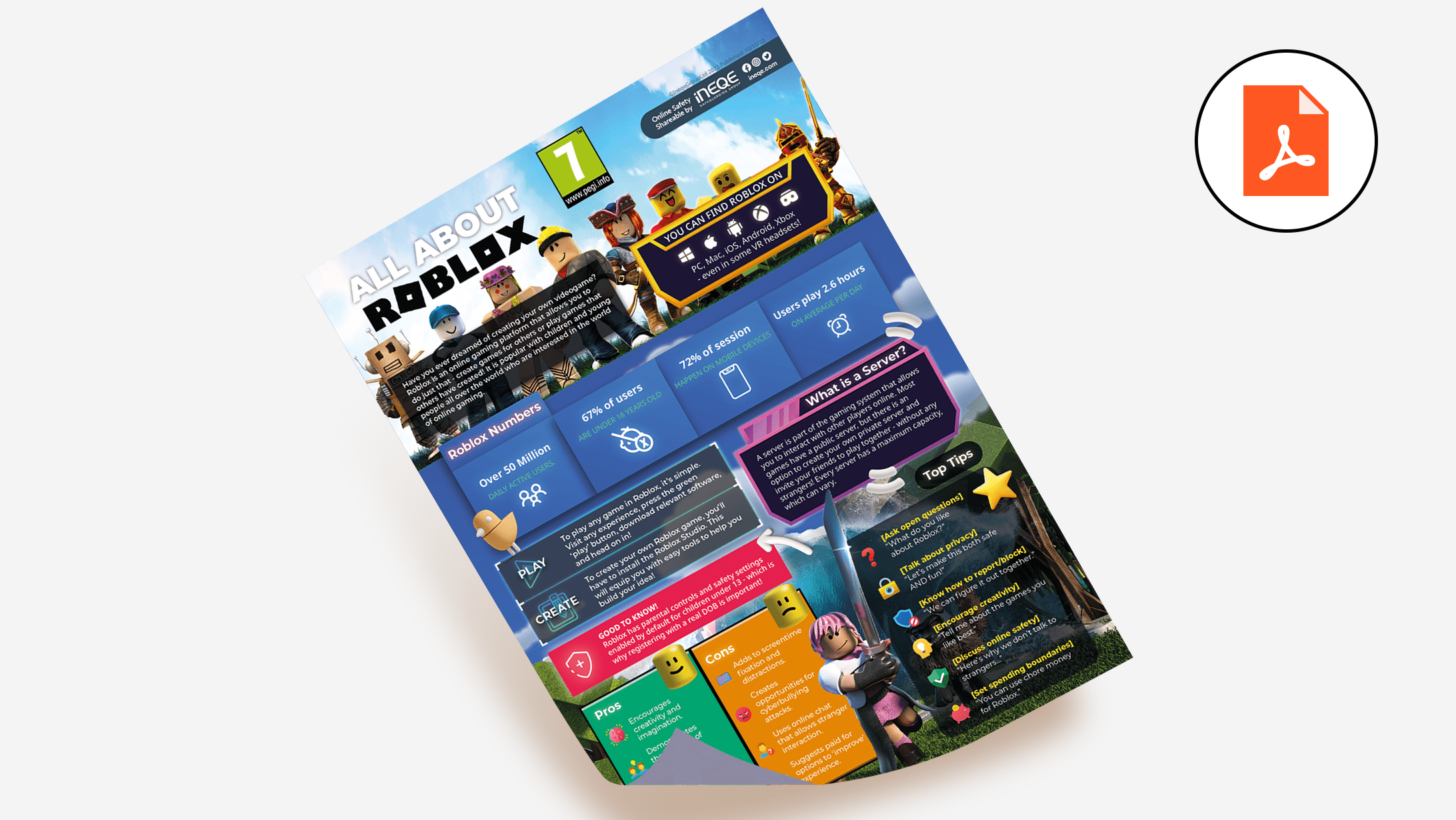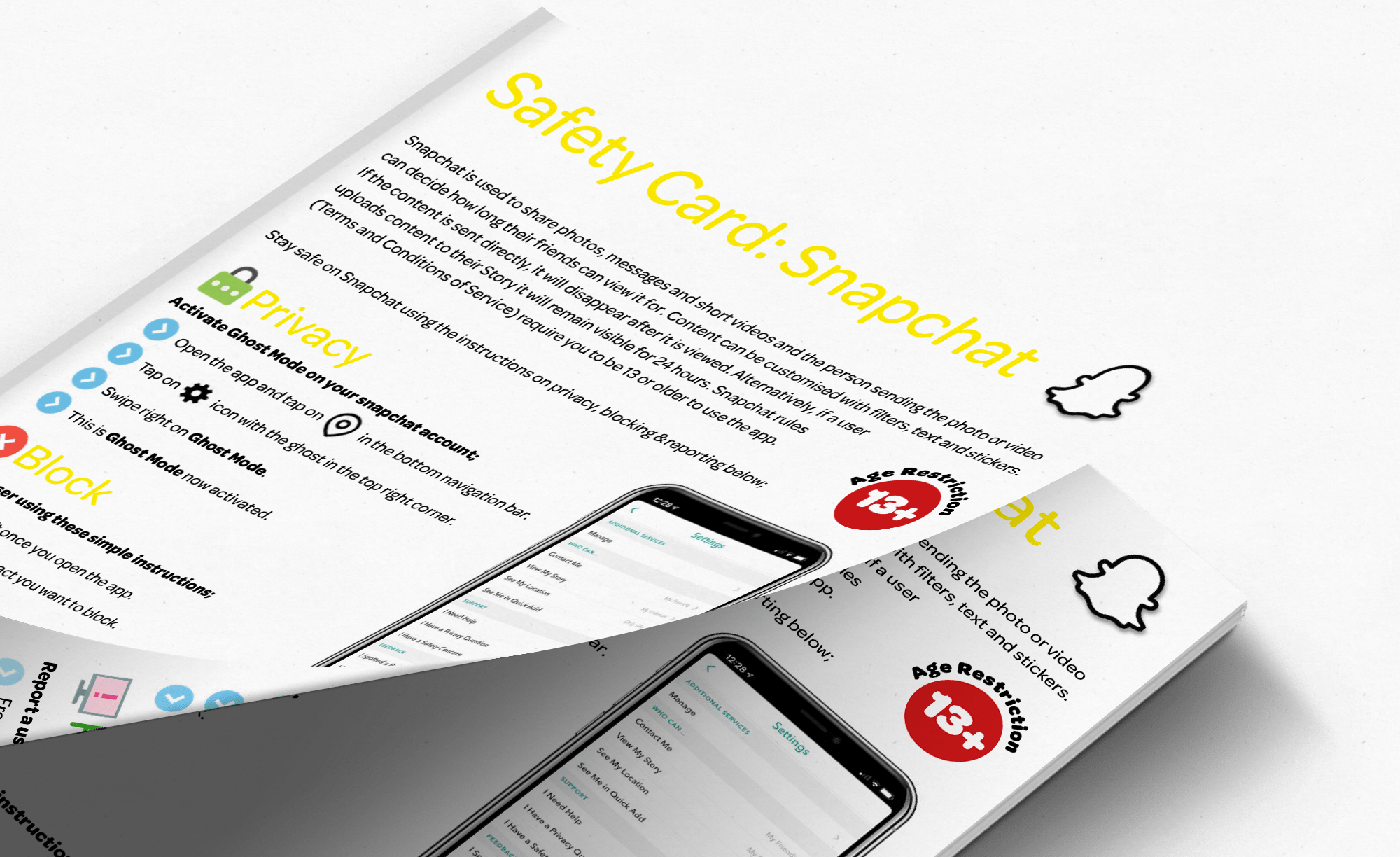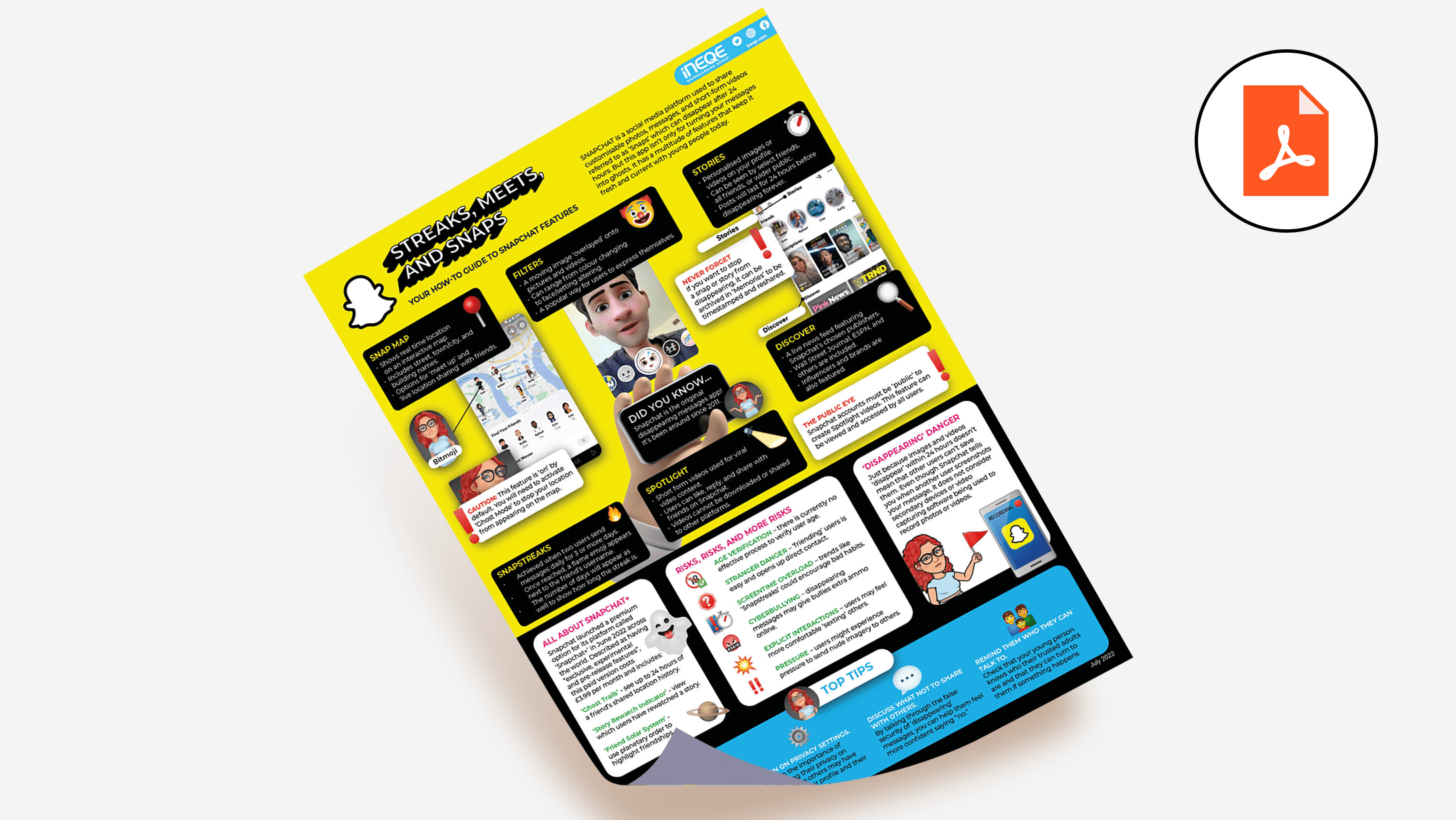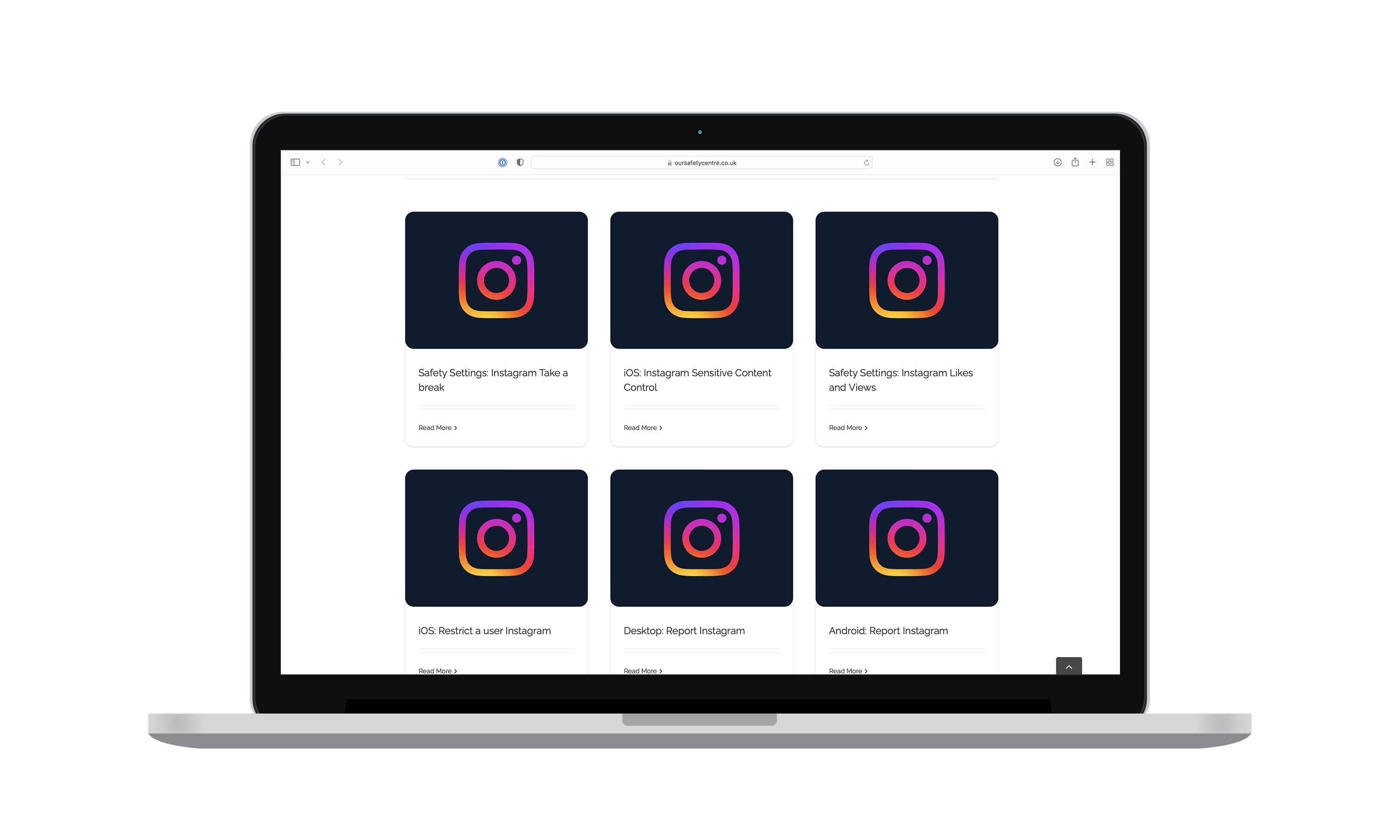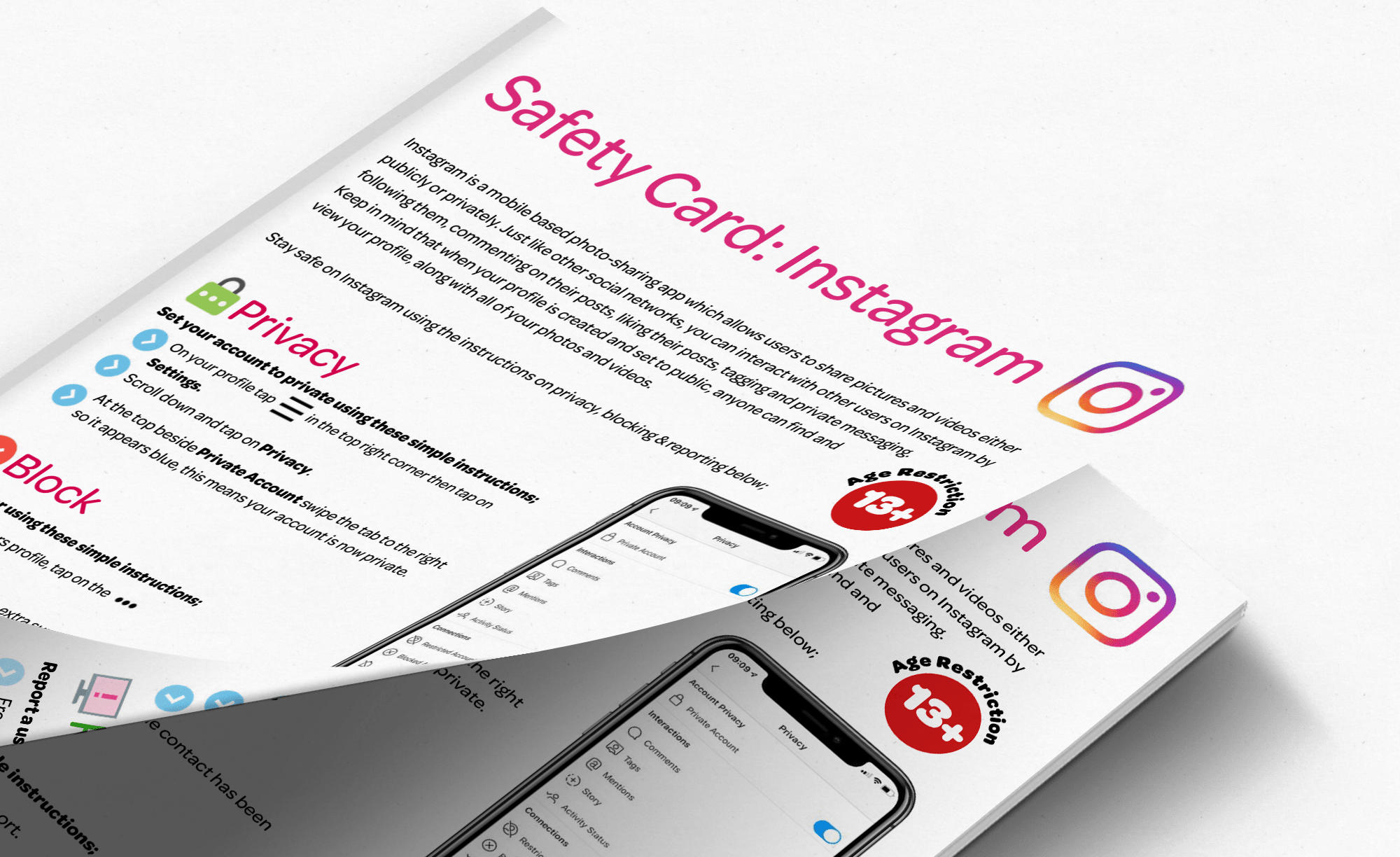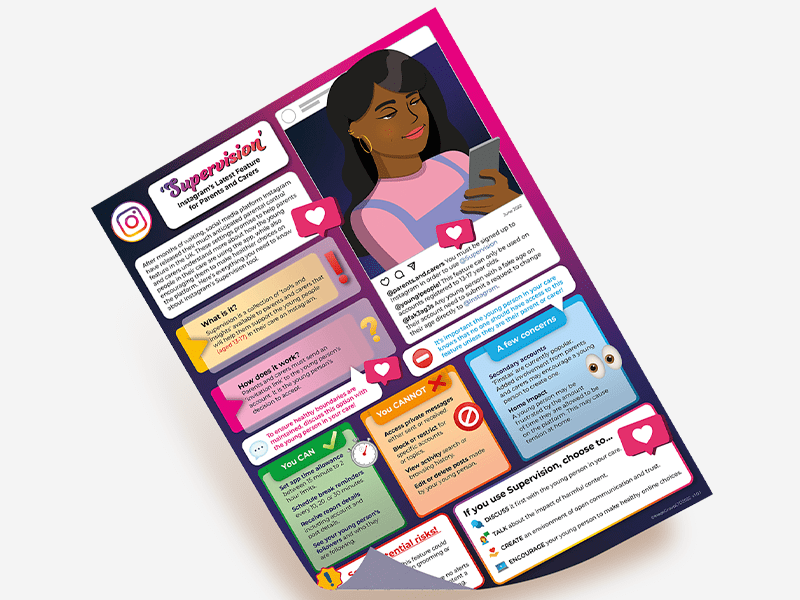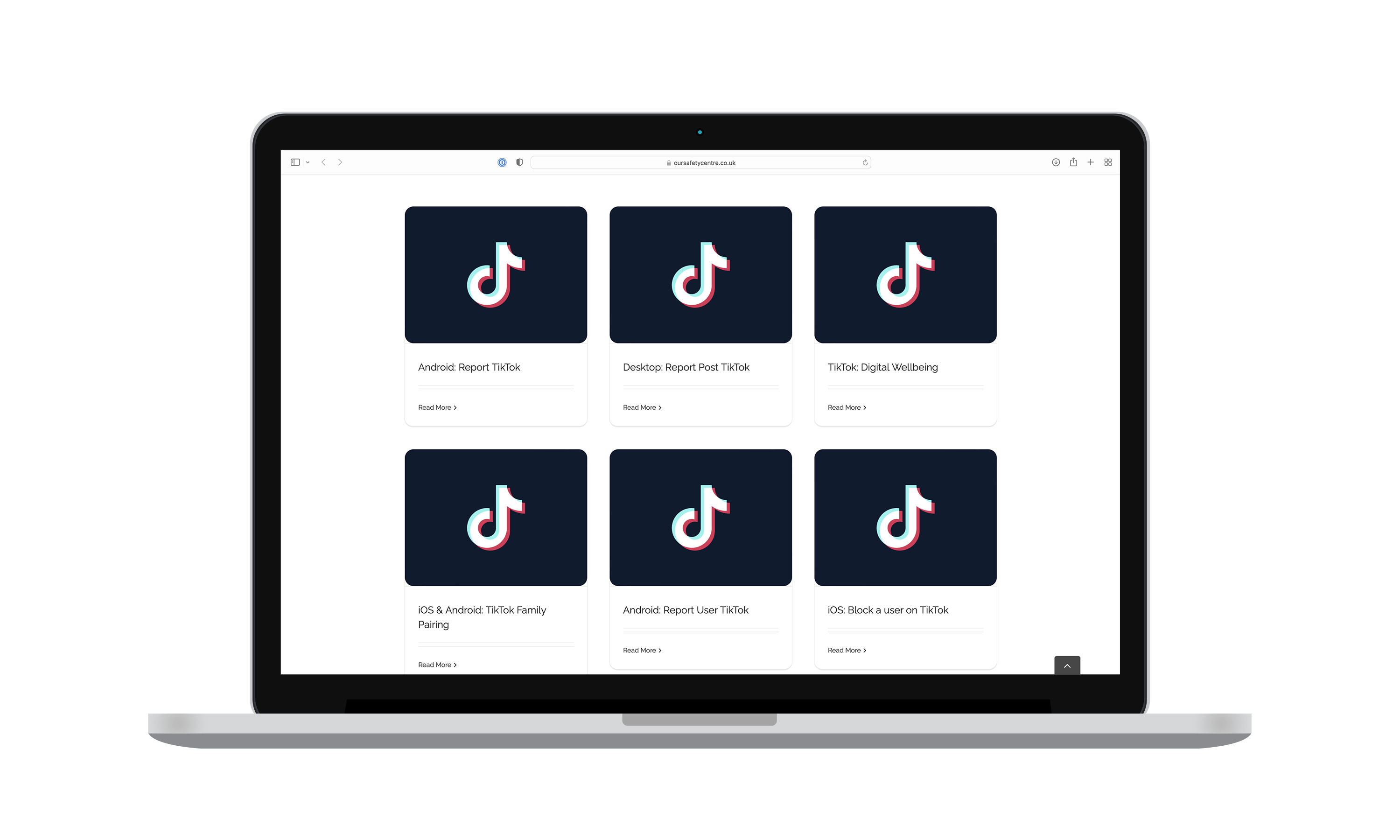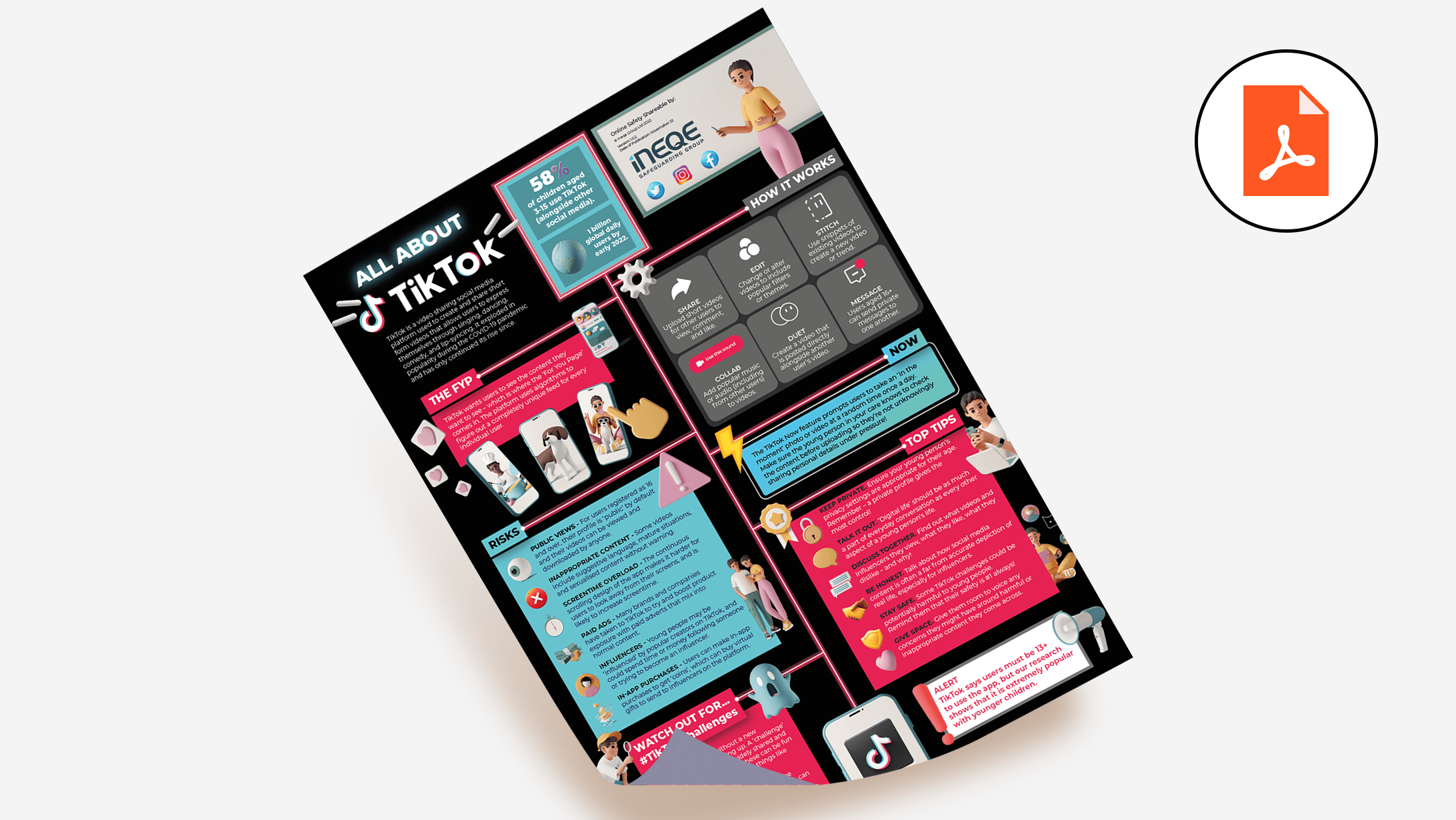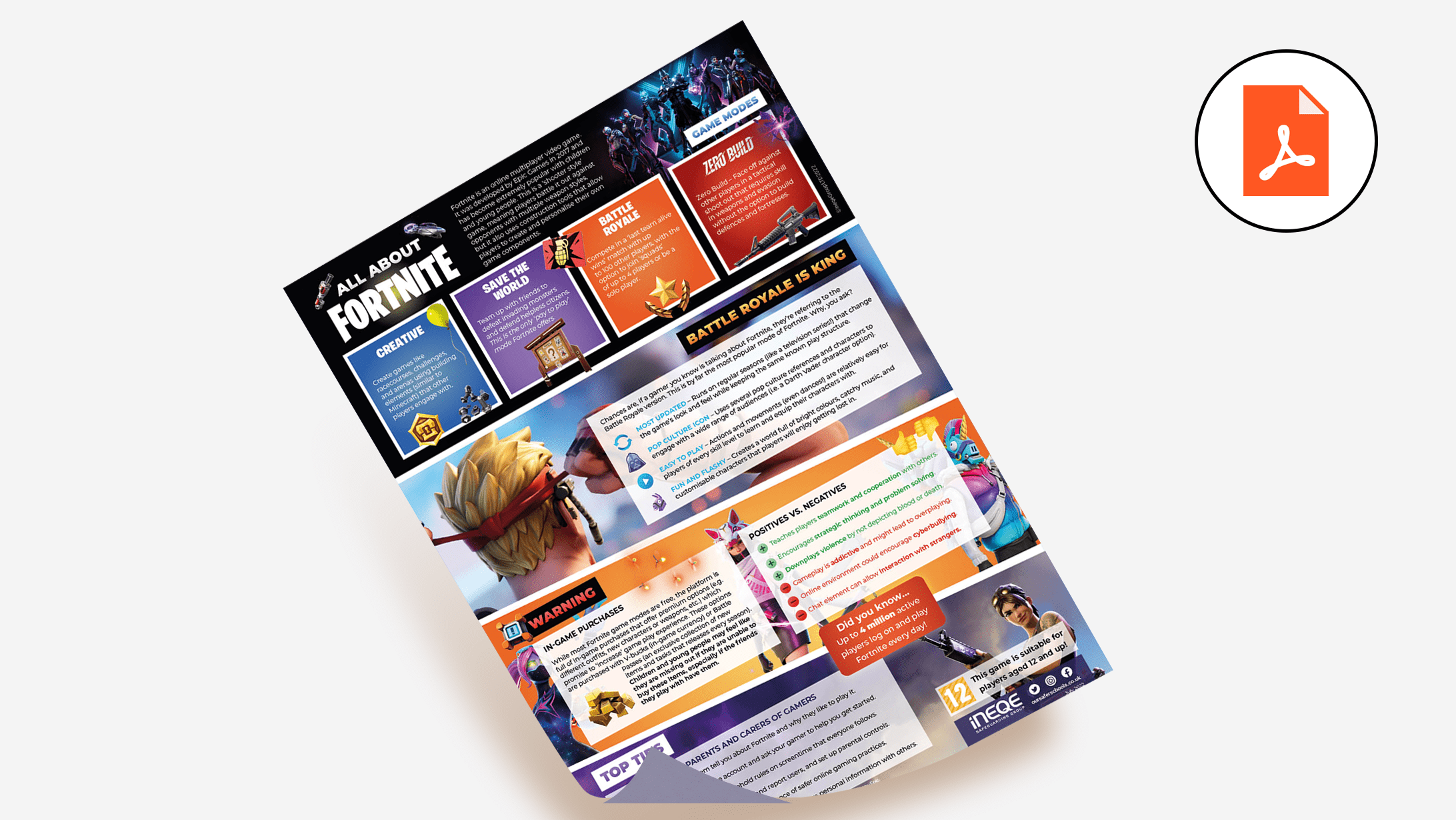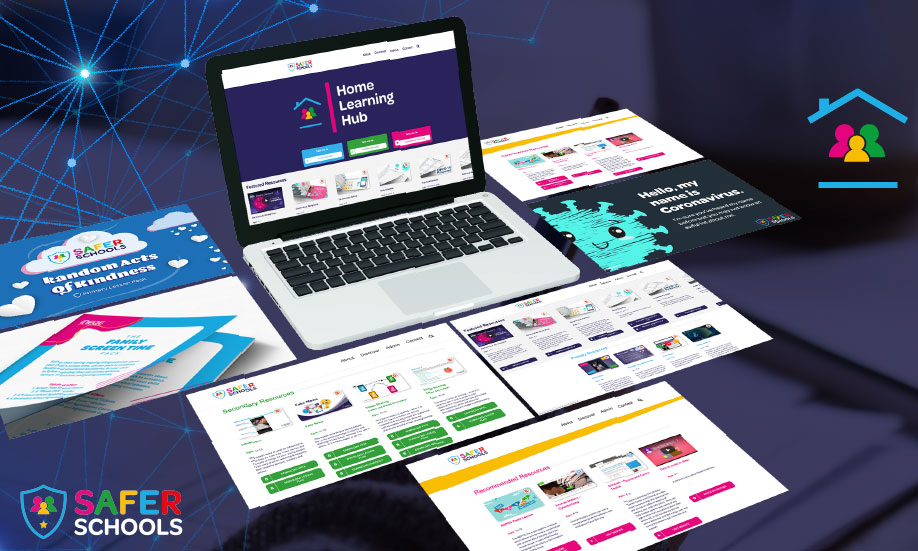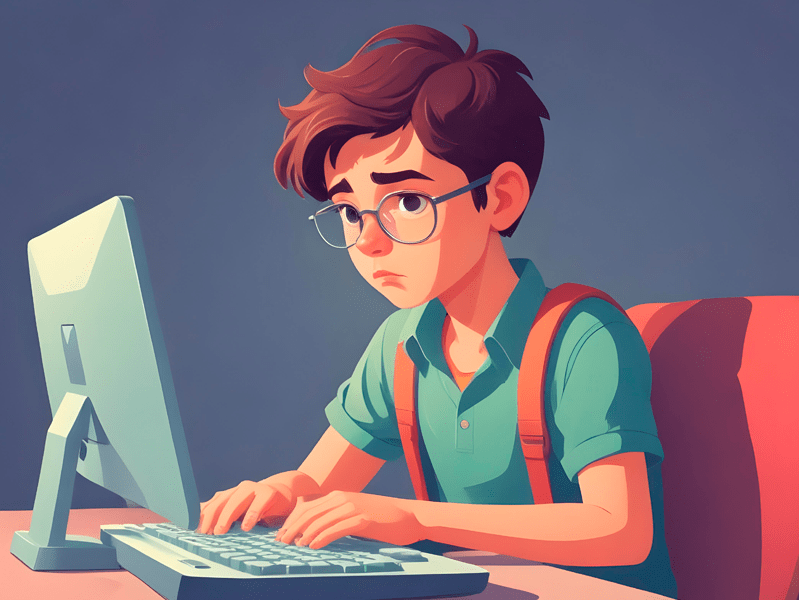Last Updated on 5th April 2024
Read Time: 11 Minutes
Published: 3rd February 2023
New research has uncovered the top five platforms young people feel the most unsafe whilst using. The Pupil Safeguarding Review investigated the effectiveness of school safeguarding policy, with an aim of understanding whether pupils feel safe in a variety of settings.

Our online safety experts have created a guide to help you understand why children and young people might feel unsafe on these platforms and what you can do to help create safer online experiences.
Roblox
What is Roblox?
Roblox is an online gaming and game creation platform. Users can play and create games for others to play. The game includes social features such as friend requests and chats in which players can design an avatar and speak to others while they play.
What are the risks of Roblox for children and young people?
Snapchat
What is Snapchat?
Snapchat is a social media platform used to share photos, messages, and short videos that can be customised with filters, text, and stickers.
It’s one of the most popular social media platforms and is widely used by young people to send ‘disappearing’ pictures, videos, and messages.
What are the risks of Snapchat for children and young people?
What is Instagram?
Instagram is a photo and video sharing platform from Meta (previously Facebook). It’s one of the most popular online platforms, with over 30 million users in the U.K.
Users can interact with others by commenting and liking on posts, following profiles, private messaging and more.

What are the risks of Instagram for children and young people?
TikTok
What is TikTok?
TikTok is a social media platform that allows users to share short-form videos and photos. Users share content ranging from lip-syncing videos to dance challenges and daily routines.

What are the risks of TikTok for children and young people?
Fortnite
What is Fortnite?
Fortnite is an online multiplayer video game. It is a “shooter style” game, meaning players battle it out against opponents with multiple weapon styles, but it is also a construction style game that allows players to create and personalise their own game components.

What are the risks of Fortnite for children and young people?
Top Tips
Many of the above risks apply to other social media platforms and games and although these are some of the main risks our Online Safety Experts have identified, the list is not comprehensive. That’s why we’ve created our top tips that apply to all of the above platforms plus more.
Join our Online Safeguarding Hub Newsletter Network
Members of our network receive weekly updates on the trends, risks and threats to children and young people online.


